In 2016, the Victorian National Parks Association, a not-for-profit nature-based engagement and advocacy organisation, and Museums Victoria, Australia's largest public museum organisation, joined forces to create a citizen science-based bioacoustics project called Communities Listening for Nature. Both institutions coordinated the project, in partnership with local community groups and land managers. The project is implemented as part of the Victorian National Parks Association's existing NatureWatch citizen science program model, which involves bringing together local community groups, land managers and scientists to implement collaborative citizen science projects. The NatureWatch model allows for the development of an appropriate study design at each Communities Listening for Nature location, to address local research questions with scientific oversight from research scientists at Museums Victoria.
With Communities Listening for Nature, citizen scientists in Victoria are using new acoustic technology to detect, record and study native birds in their local areas. Traditional bird survey methods require training individuals to count all the birds they see and hear in a specific location for a known amount of time. New acoustic technology, including semi-automated recorders, allows for many sites to be surveyed at the same time and for longer times than traditional observational surveys would allow. This process can empower citizen scientists to explore scientific questions they would have not been able to answer using traditional survey methods. Furthermore, the collected recordings serve as a valuable resource to researchers by providing a permanent record of what species can be found across the State.
In addition to enabling community groups to design and lead acoustic monitoring projects, the soundscapes collected by the citizen scientists also serve to build a reference library of the sounds of birds within Victoria. While many of Victoria's 500 species of birds are found in other parts of Australia, most species show geographic dialects, so that their calls and songs vary in different locations. This project is helping to build the library of bird sounds from across the State to capture this variation. The audio recordings also provide resources to test different methods of automating the process of automatically determining what species can be found in different soundscapes, including other vocalising species like insects, frogs, and some mammals.
More Information
-
Keywords
Community Organisations, Sound Recording & Reproducing, ornithology
-
Authors
-
Article types
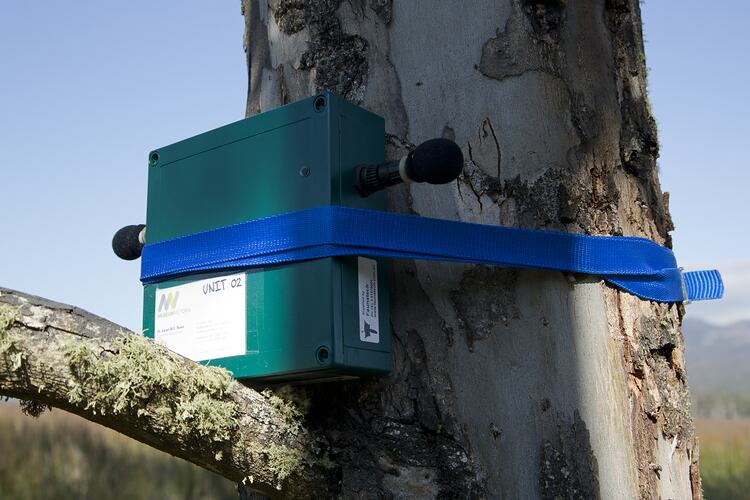
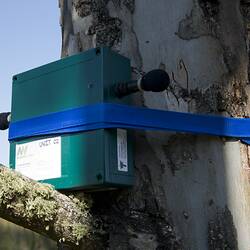
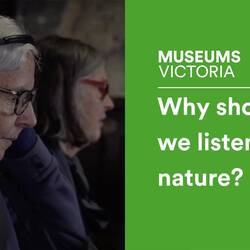
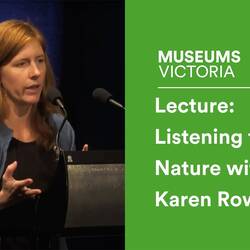
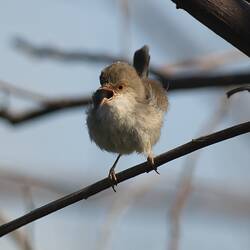
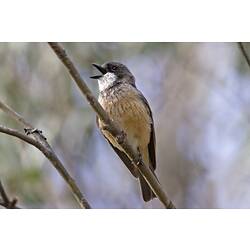
![Audio recording from Bunyip State Park. [ZAV 7]](/content/img/img-audio-thumbnail.png)
